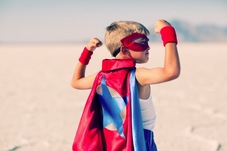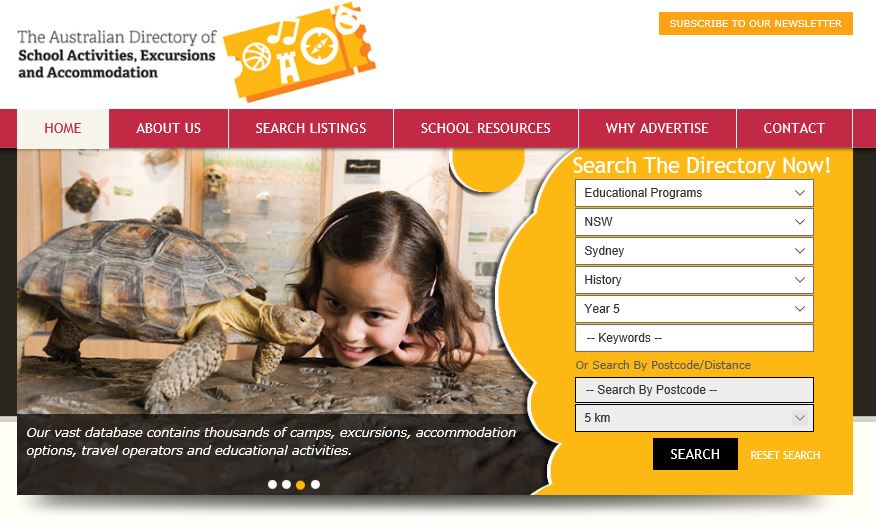Beyond the Classroom
|
|
The learning experiences that are encompassed when we use the term ‘Beyond the classroom’ include excursion and incursion and what is also termed communities of practice by Lave & Wenger (1991). These excursions and incursions create a unique opportunity for learning by bringing the outside world and students together. They can also provide a chance to help students in terms of social and emotional learning through non-threatening experiences in which new perspectives can be revealed and beliefs challenged. Theorists also believe that when information is presented in fresh ways that is contextually relevant to students they will absorb more information. Learning will also be enhanced through new experiences and dynamic environments.
Learning is social in nature and creating opportunities for students to explore the wider social environment in which they live is important. The benefits of learning outside the traditional four walls of the classroom include: building self-confidence, increasing motivation, improved self-esteem and improving social behaviour. |
Strengths and Challenges of the Personal Learning Space
|
Strengths
Teachers
Challenges Teachers
Students
|
(Johnson ,2009), (Lorenz, 2009) & (Bentley, 2012).
Approaches, Strategies and Resources
Pre and Post Activities
In order for learning beyond the classroom to be as beneficial as possible, it is important that incursions and excursions be both preceded and followed up with other learning activities within the school. These additional activities are important to extend and cement learning experiences.
In order for learning beyond the classroom to be as beneficial as possible, it is important that incursions and excursions be both preceded and followed up with other learning activities within the school. These additional activities are important to extend and cement learning experiences.





